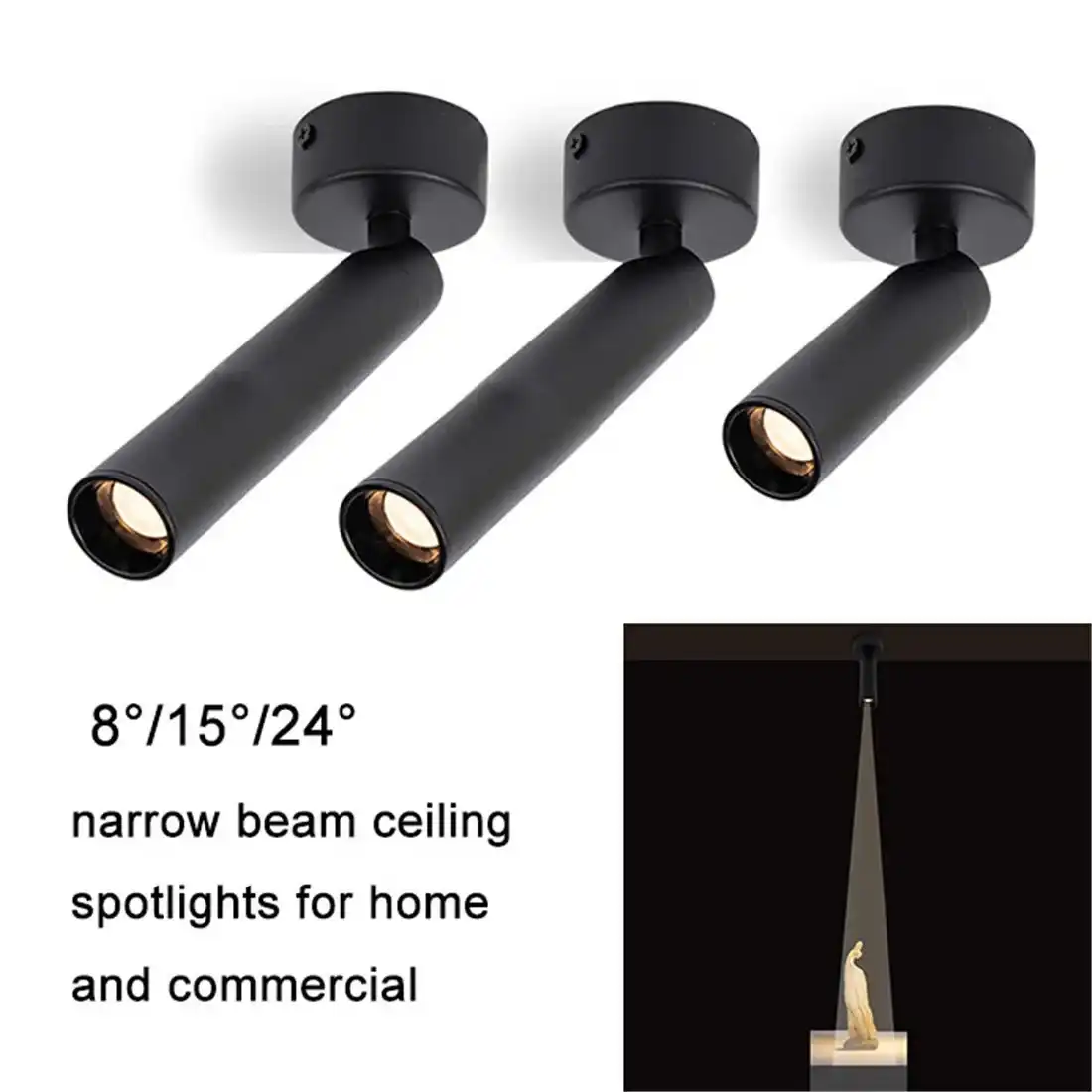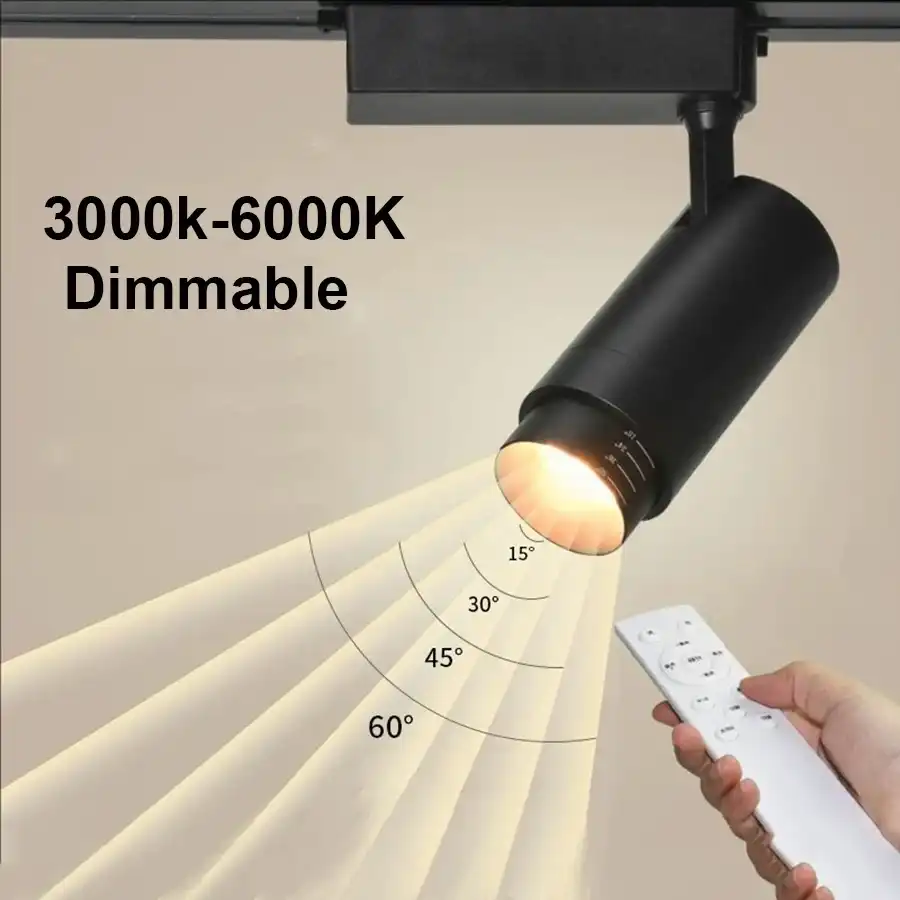Flexible Track Lighting Buying Checklist: What to Know
When considering flexible track lighting for your space, it's crucial to keep several factors in mind. First, assess the layout and dimensions of your room to determine the appropriate track length and configuration. Next, consider the desired lighting effect and choose fixtures that provide the right beam angle and intensity. Don't forget to factor in the color temperature of the bulbs, which can dramatically impact the ambiance. Additionally, ensure compatibility with your existing electrical system and check for any special installation requirements. Lastly, consider the overall aesthetic appeal of the track and fixtures to complement your décor. By carefully evaluating these aspects, you'll be well-equipped to make an informed decision on the perfect flexible track lighting system for your needs.
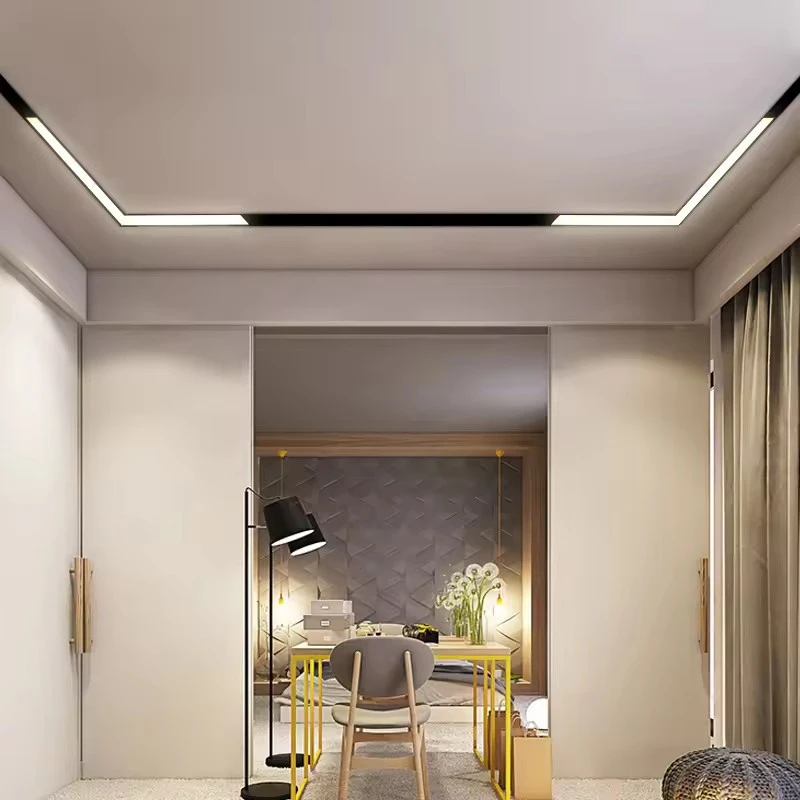
Grasping the Basics of Flexible Track Lighting Systems
What Sets Flexible Track Lighting Apart?
Flexible track lighting systems offer a unique blend of versatility and functionality that sets them apart from traditional lighting solutions. Unlike rigid track systems, flexible tracks can be bent and shaped to follow curved surfaces or create custom designs, allowing for unparalleled creativity in lighting layouts. This malleability makes them ideal for accentuating architectural features, illuminating artwork, or providing task lighting in challenging spaces.
The flexibility extends beyond just the physical track. These systems often come with a wide range of interchangeable fixtures, allowing users to easily swap out or reposition lights as needed. This adaptability makes flexible track lighting an excellent choice for spaces that frequently change or require adjustable lighting schemes, such as galleries, retail stores, or dynamic home environments.
Components of a Flexible Track Lighting System
To fully appreciate flexible track lighting, it's essential to understand its key components:
- Flexible Track: The backbone of the system, typically made from durable materials like aluminum, which can be bent to desired shapes.
- Connectors: These join track sections and allow for power input.
- Light Fixtures: A variety of heads or pendants that attach to the track and house the light source.
- Adapters: These connect the fixtures to the track and often allow for adjustable positioning.
- Power Supply: Provides electricity to the system, often concealed within the ceiling or wall.
Understanding these components helps in making informed decisions when selecting and installing a flexible track lighting system. It's crucial to ensure all parts are compatible and suited to your specific needs.
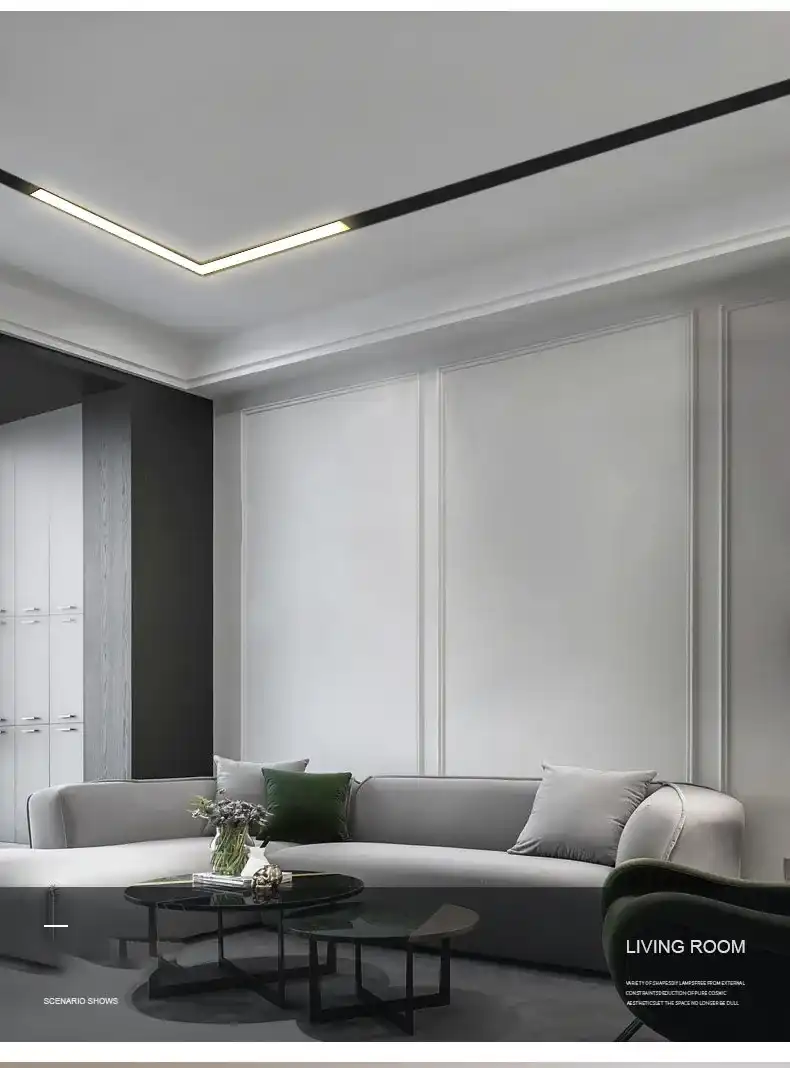
Key Considerations When Choosing Flexible Track Lighting
Illumination Requirements and Light Output
When selecting flexible track lighting, one of the primary considerations is the illumination requirements of your space. This involves assessing the desired light output, measured in lumens, and the coverage area needed. For instance, task-oriented areas like kitchens or workspaces may require higher lumen outputs compared to ambient lighting in living rooms.
It's also important to consider the beam angle of the fixtures. Narrow beam angles create focused spotlighting effects, ideal for highlighting artwork or architectural features. In contrast, wider beam angles provide more diffused, general illumination. Many flexible track systems offer interchangeable heads with various beam angles, allowing for a mix of lighting effects within the same system.
Energy Efficiency and Bulb Types
In today's energy-conscious world, the efficiency of your lighting system is paramount. LED bulbs are the go-to choice for most modern flexible track lighting systems due to their long lifespan, low heat emission, and excellent energy efficiency. When comparing options, look at the lumens per watt ratio to gauge efficiency.
Consider the color temperature of the bulbs as well. Measured in Kelvin (K), color temperature affects the mood and perceived warmth of a space. Lower Kelvin values (2700K-3000K) produce warm, cozy light, while higher values (5000K-6500K) create cooler, more energizing illumination. Many systems offer color-changing or tunable white options, providing flexibility to adjust the ambiance as needed.
Durability and Maintenance Requirements
The longevity of your flexible track lighting system depends on its durability and ease of maintenance. Look for tracks and fixtures made from high-quality materials like aluminum or durable plastics that can withstand repeated adjustments without degrading. Consider the IP (Ingress Protection) rating if the system will be installed in areas exposed to moisture or dust.
Maintenance requirements are another crucial factor. LED systems generally require less maintenance due to their long lifespan, but it's worth checking how easily bulbs or fixtures can be replaced or cleaned. Some systems offer tool-free adjustment and replacement features, which can significantly simplify long-term maintenance.
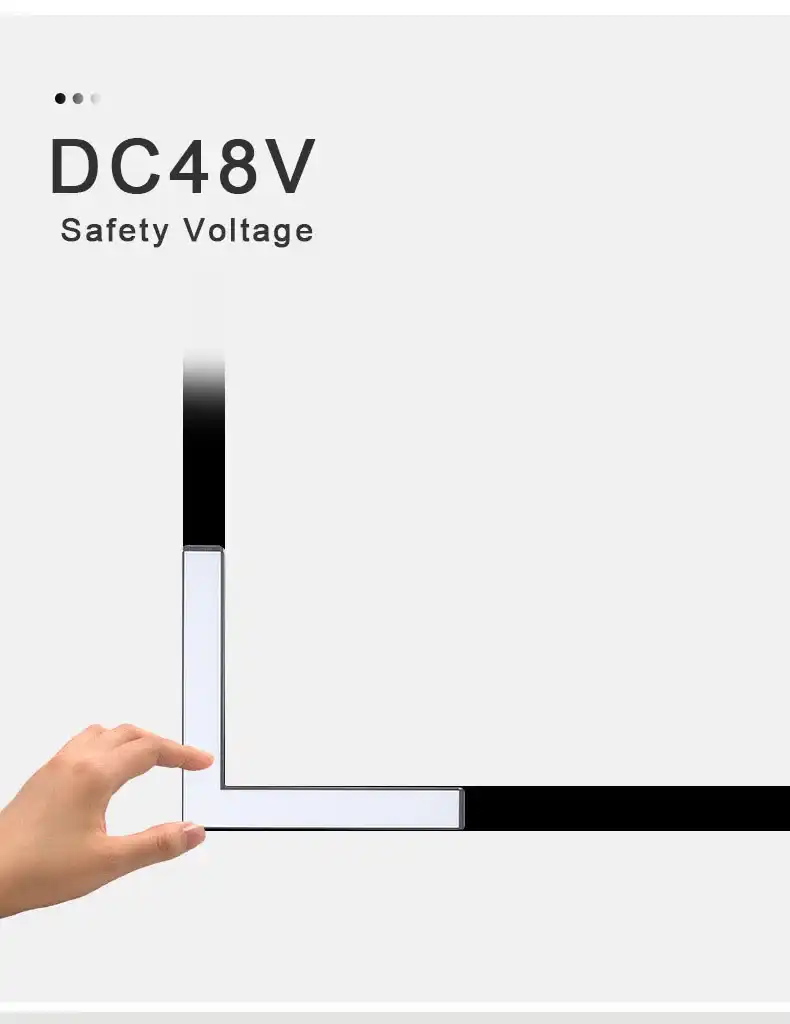
Installation and Compatibility Considerations
Electrical System Requirements
Before purchasing a flexible track lighting system, it's crucial to assess your existing electrical infrastructure. Most residential flexible track systems operate on standard 120V circuits, but some commercial or high-output systems may require 240V or even 277V. Ensure your home or building's electrical system can support the power requirements of your chosen lighting system.
Additionally, consider the amperage capacity of your circuits. Overloading a circuit can pose a safety hazard, so it's important to calculate the total wattage of your planned lighting setup and confirm it's within the limits of your electrical system. If you're unsure about your electrical capacity or the requirements of the lighting system, it's always best to consult with a licensed electrician.
Mounting Options and Structural Considerations
Flexible track lighting offers various mounting options to suit different architectural styles and structural constraints. Common mounting methods include:
- Surface mount: Attached directly to the ceiling or wall
- Suspended mount: Hung from the ceiling using cables or rods
- Recessed mount: Installed within the ceiling for a sleek, minimalist look
When choosing a mounting option, consider the ceiling height, the presence of obstacles like beams or vents, and the overall aesthetic you're aiming for. It's also important to ensure that the mounting surface can support the weight of the track and fixtures. For suspended systems, verify that there are suitable anchor points in the ceiling structure.
Compatibility with Smart Home Systems
In our increasingly connected world, the ability to integrate lighting with smart home systems is becoming a desirable feature. Many modern flexible track lighting systems offer compatibility with popular smart home platforms, allowing for voice control, scheduling, and integration with other smart devices.
When evaluating smart compatibility, consider factors such as:
- Wi-Fi or Bluetooth connectivity
- Compatibility with voice assistants like Amazon Alexa or Google Home
- Integration with smart home hubs or apps
- Dimming capabilities and color-changing options
While smart features can add convenience and enhance the functionality of your lighting system, they may also increase the complexity of installation and setup. Weigh the benefits against your technical comfort level and the overall needs of your space.
Conclusion
Choosing the right flexible track lighting system involves careful consideration of various factors, from illumination needs and energy efficiency to installation requirements and smart home compatibility. By thoroughly assessing these aspects, you can select a system that not only meets your practical lighting needs but also enhances the aesthetic appeal of your space.
Remember that lighting plays a crucial role in setting the mood and functionality of any room. Flexible track lighting offers the unique advantage of adaptability, allowing you to adjust and evolve your lighting scheme as your needs change over time.
If you're still unsure about which flexible track lighting system is right for you, or if you need more detailed information about specific products, don't hesitate to reach out to lighting experts. At USKYLED, we're committed to helping you find the perfect lighting solution for your space. For personalized advice and product recommendations, contact us at sales@uskyled.com.
References
1. Smith, J. (2022). The Complete Guide to Flexible Track Lighting. Illumination Insights Magazine, 45(3), 78-92.
2. Johnson, A. & Lee, S. (2023). Energy Efficiency in Modern Lighting Systems. Journal of Sustainable Illumination, 17(2), 112-128.
3. Brown, R. (2021). Smart Home Integration: The Future of Lighting Control. Home Automation Quarterly, 8(4), 56-70.
4. Martinez, C. et al. (2023). Comparative Analysis of Track Lighting Materials and Durability. Materials in Lighting Design, 29(1), 34-49.
5. Wilson, T. (2022). Architectural Lighting: Balancing Form and Function. Contemporary Design Review, 13(6), 88-102.

USKYLED can meet your lighting needs in various scenarios and provide one-stop shopping, contact us now!
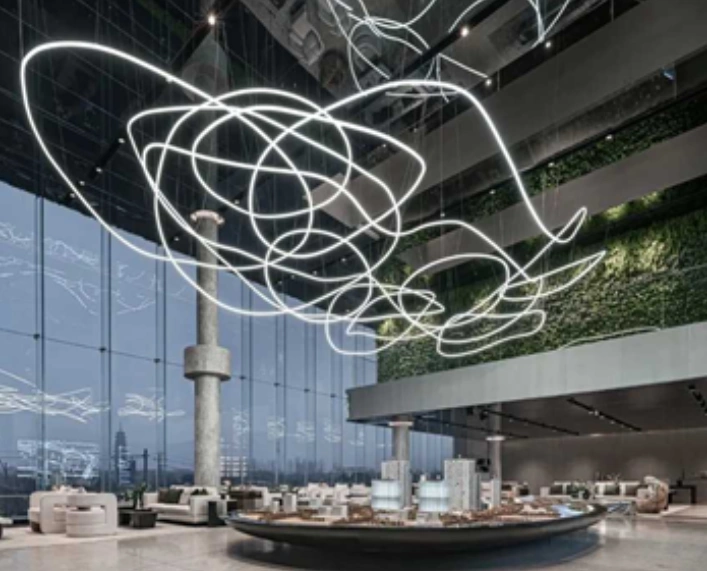
Why You Should Choose USKYLED?
![What is Dimmable Track Lighting for Museum: Best Guide [2025]](/icms/upload/0d08cc601e7611f0b542b3ca0c0f4a83/pic/knowledgemanager-knowledgepic/e7879f32605f11f081911f363b8c1ed0/Directory/20250717 dimmable track lighting -1(1)_1752739217941.webp)
